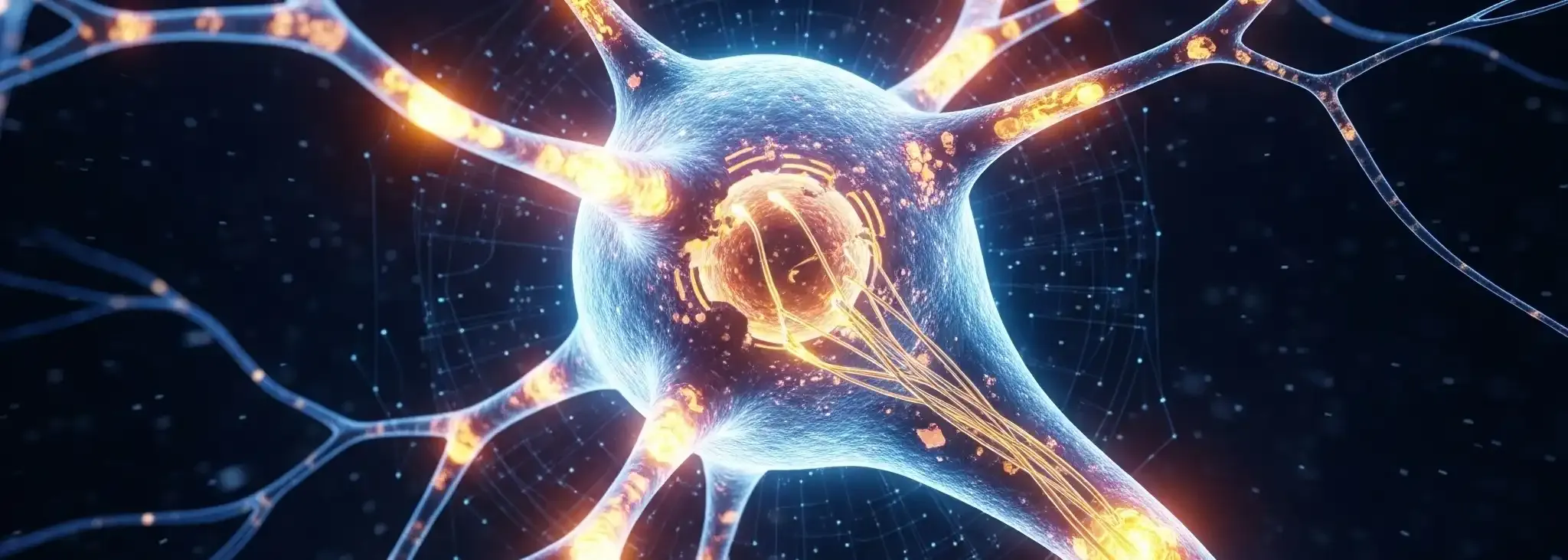Decoding the AI Brain(Part 1): The Logic of a Single Neuron 🧠
Ever wondered how neural networks, the foundation of modern artificial intelligence, truly function at their most fundamental level? The answer lies in the concept of a "Single Neuron."
Before we build the complex architectures we see today, we need to understand the most basic building block: the neuron. It is the fundamental processing unit that forms the backbone of any neural network.
The Essential Elements of a Neuron
In its simplest form, a neuron has three main components:
- Inputs: The data it receives for processing. This can be initial training data or the output from a neuron in the previous layer.
- Weights: An adjustable factor associated with each input. Think of them as the "importance" that the neuron assigns to each piece of input data.
- Bias: An additional, adjustable value. The bias is not linked to a specific input but serves to "shift" the result, allowing the neuron to adapt to more dynamic real-world data.
Weights and bias are the parameters that the model "learns" and adjusts during training.
The Calculation Process
The neuron processes information as follows:
- It multiplies each input by its corresponding weight.
- It sums all these products together.
- It adds the bias to this sum.
Output = (input1 * weight1) + (input2 * weight2) + ... + bias
After this calculation, the output usually passes through an activation function. This function decides whether the neuron should be "activated" or not, and crucially, introduces the non-linearity that allows neural networks to solve complex problems.
Practical Example in Python
To illustrate the calculation of a neuron more concretely, we can use a simple Python code example, without the use of external libraries:
#Defining the inputs, weights, and bias
inputs = [1, 2, 3]
weights = [0.2, 0.8, -0.5]
bias = 2
#Calculates the neuron's output step by step
output = (
inputs[0] * weights[0] +
inputs[1] * weights[1] +
inputs[2] * weights[2] + bias
)
print(f"Inputs: {inputs}")
print(f"Weights: {weights}")
print(f"Bias: {bias}")
print(f"Neuron Output: {output}")
#Expected output:
#Neuron Output: 2.3
Understanding how a single neuron works—receiving inputs, applying weights and biases, and generating an output—is the first step to unlocking the power and complexity of neural networks as a whole. It is from this simple logic that layers upon layers of neurons are built, creating models capable of solving the greatest technological challenges of our era.
Which aspect of neural networks do you find most fascinating? Share your thoughts in the comments! 👇
#ArtificialIntelligence #MachineLearning #NeuralNetworks #DeepLearning #DataScience #Technology #Neuron









